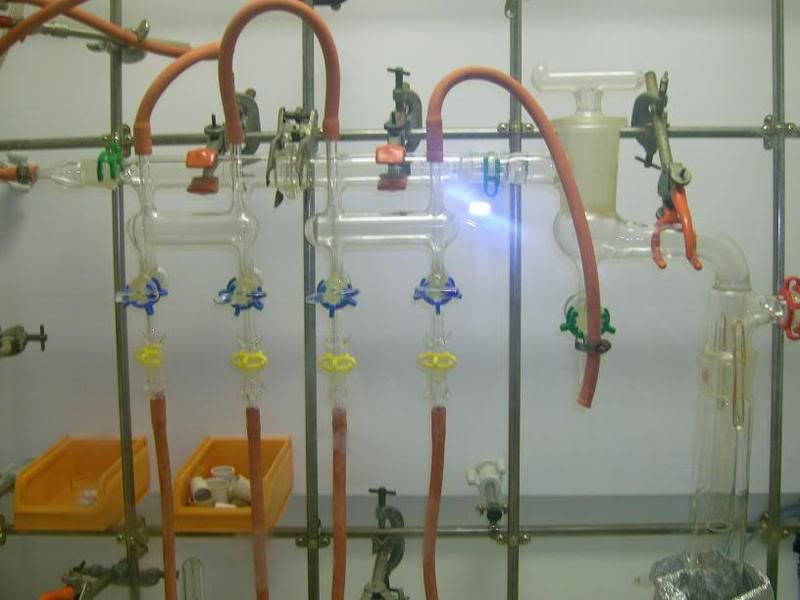
only the double bond is on the carbon it's called an enamine.
it just occured to me STAB is'nt a way around azetropic distillation of the amine and the ketone because STAB is readily decomposed by water.
the only way around that is sodium cyano boro hydride.

